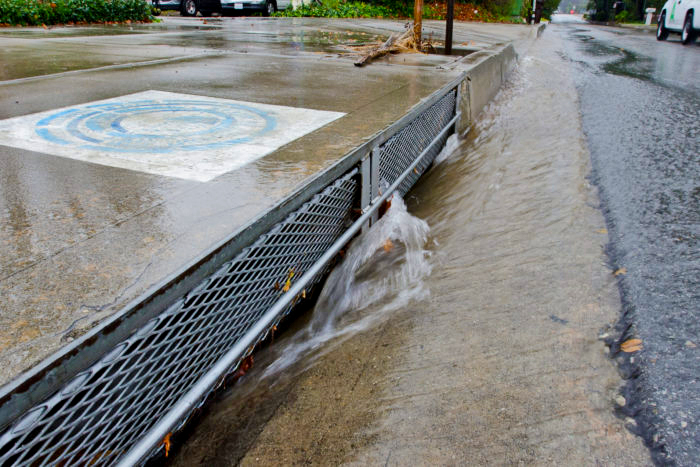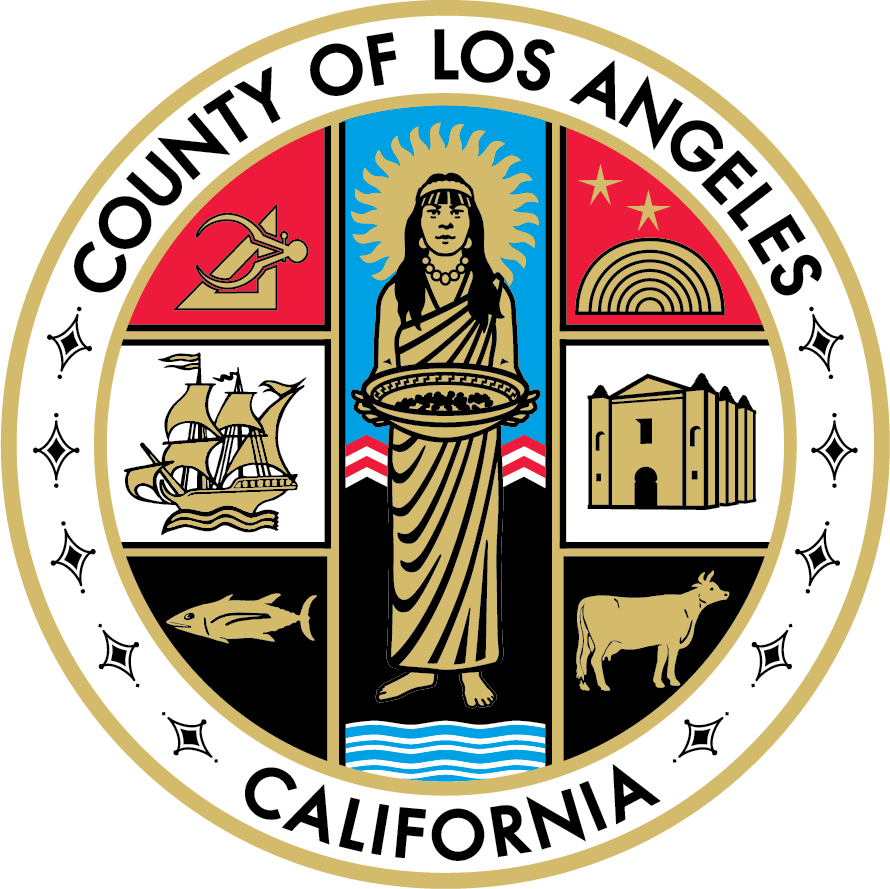YOUR WATER
Water Quality
Rivers, Lakes, Streams, Bays and Beaches
It Takes a Lot of Water to Keep LA County Going
Clean water is essential to our health and well-being. And here in LA County, we need a whole lot of it.
In order to maintain and replenish our supply of high-quality water, we must keep dirty — even toxic — stormwater out of our rivers, lakes and ocean.
California has strict laws in place thanks to the Federal Clean Water Act that help to govern water quality, and local agencies work hard to meet these standards. But at the end of the day, we all have a part to play to ensure the health and safety of LA County’s water for wildlife, ecosystems, beaches, and future generations.

WHEN IT RAINS, IT…POLLUTES?
Stormwater itself, which is the water that drains off a land area after rainfall, has tremendous potential to bolster our local water supply. Unfortunately, when it rains in LA County, stormwater picks up all kinds of pollutants – bacteria, metals, chemicals, trash, anything we leave on the streets – as it washes over surfaces like roofs, lawns, and parking lots. The dirty stormwater then flows along streets, through storm drains and eventually into our waterways, frequently closing public beaches for several days after it rains to protect the public from polluted water.
THE CLEANING POWER OF DIRT
Stormwater pollution wasn’t always a problem. Before LA County became the concrete jungle it is today, it was covered in undeveloped land — which meant lots of space for stormwater to soak into the ground. The soil would act as a natural filter for the water, removing pollutants as it got deeper. This filtered water would eventually drip into our underground aquifers, giving us access to plentiful clean water.
But as the county urbanized over the past century, we’ve been left with very little undeveloped soil to filter the water. And when rainwater cannot be absorbed into the ground, it’s forced to run off onto urban surfaces, gathering pollution until it’s dumped into our local waterways.


THE CURRENT STATE OF THE PROBLEM
Today, we’re left with a pollution problem that’s seeping its way into our waterways. The state of California has identified a majority of LA County’s waterways as having “impaired water quality” — and adding litter to the mix doesn’t help.
Every two weeks, Los Angeles County generates enough trash to fill Dodger Stadium. If even a fraction of that doesn’t make it into trash cans, it can have a massive effect on our environment.
POLLUTANTS
Protecting our waters means keeping pollutants out of it — including all forms of litter, from plastic packaging to paper bags. But stormwater pollution goes further than just litter.
Some of the most common pollutants are household chemicals. Lawn sprays, car fluids, home cleaning products — it’s crucial to keep these out of our sewers and storm drains. A helpful tip: household cleaners low in phosphorus will reduce the amount of nutrients discharged into our waters.
Used oil and paint are also extremely harmful to our waters. You can usually get rid of them at a local collection event.
Pet waste — and the bacteria it contains — is also a major pollutant. Make sure you pick it up before you go.
Always remember — if it doesn’t end up in the trash, it’ll end up in our waters.


A SOLUTION THOUSANDS OF MILES LONG
An extensive network of pipes and channels throughout LA County help to solve our current stormwater challenges by reducing the risk of flood when it rains, capturing stormwater, and cleaning it before it enters our waterways.
Operated by the LA County of Public Works since 1985, the Los Angeles Flood Control District (District) manages over 2,800 miles of underground storm drains, 14 major dams, and 500 miles of open channel. Within the county, many cities help manage local storm drain systems, capture and clean water in spreading grounds, and spearhead other water quality projects. Additionally, The U.S. Army Corps of Engineers operates five dams in LA County. Together, these efforts not only enhance the beauty and cleanliness of our rivers, streams, and oceans, but also protect our health and safety.
A WATERSHED MOMENT
Local agencies work closely to monitor and manage the quality of LA County’s six major watersheds. This collaborative approach aims to clean up waterways like the San Gabriel and Los Angeles Rivers, and ensures that stormwater can be captured, cleaned and used as part of our local water supply.
A number of projects and programs are working to make this collective vision for water quality a reality. You may have seen some of these already: street sweeping keeps storm drains clear, while roadway corridors with permeable surfaces (like parks and open space!) allow water to pass through. Other projects in the works include green streets programs, wetland parks, and underground water retention facilities.

HOW YOU CAN HELP
Another part of the solution is you. Keeping our beaches and waterways clean is everyone’s responsibility. Here’s how you can help:
Pick it Up
Whether it’s a cigarette butt, plastic bag, or your dog’s waste, neither the street – nor the gutters – are the place for them.
Don’t Water Your Pesticides
If you must use pesticides, fertilizers, or other chemicals in your yard, choose non-hazardous options and use just enough. Don’t apply them right before it rains, and be sure not to over water after application – not only will you lose most of the effect as they are washed away, you’ll also harm the environment.
Keep Car Fluids Off the Streets
When you’re working on your car in the street or driveway, don’t let motor oil or sudsy water run into the streets and down storm drains.
Don’t Paint the Town
Washing your paint brushes with outdoor faucets, or dumping unused paint, engine oil, or other toxic liquids down the gutter will send it all into our rivers, streams, and oceans.
Compost, Reuse, Recycle!
Just because it’s organic material doesn’t mean you should leave it out. Compost, reuse, or recycle your grass, leaves, tree branches, and other green waste, so it doesn’t clog storm drains and flood your neighborhood. Looking for tips on how to manage green waste? Check out this guide.
Don’t Clog Up the Works
Storm drains won’t catch stormwater if they’re clogged with everything else. Keep storm drains clear and give the authorities a call to take care of any clogged drains you notice. Your unflooded street, and water supply, will thank you later.
Chemicals are for Pools
Keep your pool water — and pool chemicals, like bleach — inside the pool. If they splash out, they’ll just add to the toxic mix of stormwater pollution.
Skip the Plastic
Whether it’s a water bottle or a food container, disposable plastic often finds its way into our storm drains and eventually our waterways. Opt for reusable materials that will reduce waste, protect our water and save you money.


